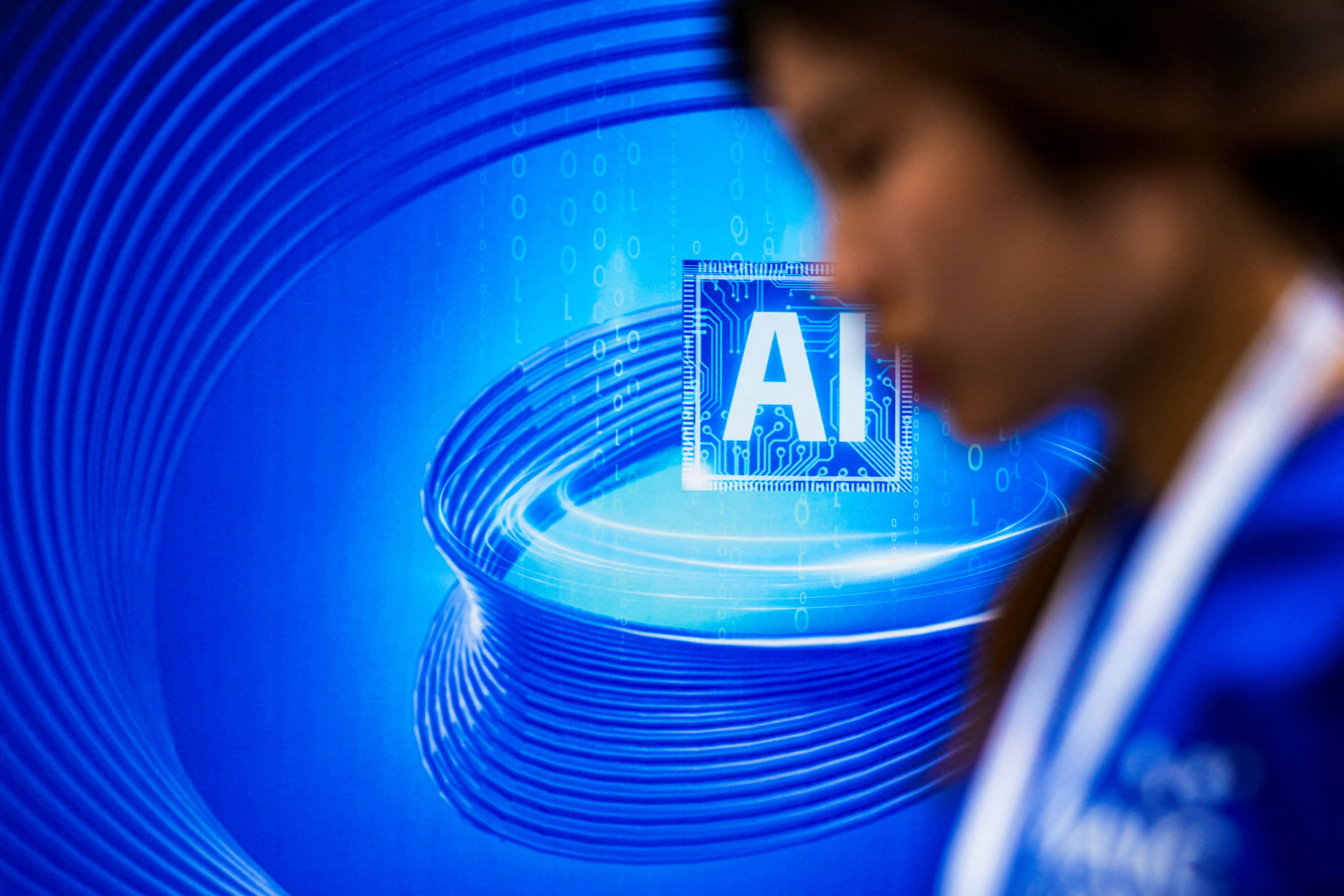Why we must bridge the skills gap to harness the power of AI

AI is set to disrupt industries all over the world. To minimise the disruption, it is essential we close the AI skills gap. Image: Getty Images/iStockphoto
- Executives estimate that 40% of their workforce will need to reskill in the next three years as a result of implementing Artificial Intelligence (AI).
- We need to make reskilling a strategic imperative to capitalize on this technology while minimizing disruption.
- The commoditization of AI will be a change agent for the reskilling revolution.
The Artificial Intelligence (AI) revolution is upon us, with AI becoming a pervasive force in our daily lives.
While AI brings tremendous potential benefits — from diagnosing illness to predicting earthquakes — the possible disruption from the AI revolution could also be significant. As the rate of AI adoption increases, humans are essential to guiding the technology’s implementation and usage of these technologies.
Before we can fully embrace this revolution, we have an obligation to reskill our talent to use these technologies effectively, equipping them to succeed in today’s environment.
Executives estimate that up to 40% of their workforce may need to reskill as a result of implementing AI or automation over the next three years. This is largely because humans need diverse skills — from technical proficiency to human understanding and adaptability in their thinking — to work most effectively alongside AI. While this percentage seems daunting, the demands on today’s workforce present a unique and exciting opportunity to empower a new group of people to enter desired, skills-oriented jobs in the digital economy.
We need to rethink our approach to reskilling to achieve this goal while ensuring the skills of our workforce match the pace of technological advancement.
Invest in human capital
First, we must stop fixating on whether AI will impact our lives and start managing the elements within our control. While the ubiquity of AI has caused fear of these technologies overtaking human ability, this is not yet the case — and may never be. Human capital is a much more important asset than ever before.
As Dr. Chris Mason, director of the WorldQuant Initiative for Quantitative Prediction, and I discuss in our book, The Age of Prediction, humans and machines will continue to have a symbiotic relationship. Prediction is an innovative tool for advancement but requires human collaboration to enhance its outcomes. As we move into the future of technology, we should increasingly focus on the value of what we are doing: bringing opportunity to talent and using technology to strengthen our workforces.
Integrate reskilling as a change management initiative
Research shows that few companies to date have taken the call to action for reskilling seriously. Companies have become so preoccupied with filling immediate vacancies that they focus less on internally developing talent for future roles.
While CEOs say hiring is the most important thing they do, many companies are entirely disengaged from the process and feel it is their biggest challenge. With constantly evolving demands on jobs and skills, we cannot solely rely on hiring.
The only way to fully prepare our organizations for the future is through upskilling and reskilling. Leaders need to start viewing reskilling as an organizational change management initiative — preparing workforces for lasting change and offering them the skills required to thrive in a rapidly evolving job market. This transformation goes beyond just training employees. It underscores the importance of creating an organizational context — across leadership, managers and employees alike — in which reskilling will be embraced to maximize success. Doing so might create new opportunities for better-paying and more skilled roles.
Leverage new technology to support education
We are entering a new era for education, made possible by the commoditization of AI. The growth of information and data available to us means there is an ever-increasing opportunity to learn more and to facilitate learning opportunities.
Online learning platforms are expected to grow 19% over the next four years. We need to lean into this trend. With AI breaking down barriers to quality education, simplifying interfaces and providing varied learning pathways, organizations should embrace the accessibility of reskilling programs. Let’s use the widening availability of education platforms to our advantage by building from within, partnering with an academic institution or establishing public-private partnerships. Embedding these kinds of reskilling programs will help ensure a seamless transition toward a more agile, tech-savvy and future-ready workforce.

Closing the AI skills gap
Organizations that recognize the value of human capital while embracing advanced technologies will be most prepared for the future of work. Empowering employees with opportunities to reskill will help them better leverage AI tools, helping to drive business value, improve efficiency and shape the future of success.
Implementing a cultural shift around reskilling will help organizations accelerate this change. Only then will we be able to more fully understand and harness the potential of AI.
Don't miss any update on this topic
Create a free account and access your personalized content collection with our latest publications and analyses.
License and Republishing
World Economic Forum articles may be republished in accordance with the Creative Commons Attribution-NonCommercial-NoDerivatives 4.0 International Public License, and in accordance with our Terms of Use.
The views expressed in this article are those of the author alone and not the World Economic Forum.
Stay up to date:
Generative Artificial Intelligence
Forum Stories newsletter
Bringing you weekly curated insights and analysis on the global issues that matter.






